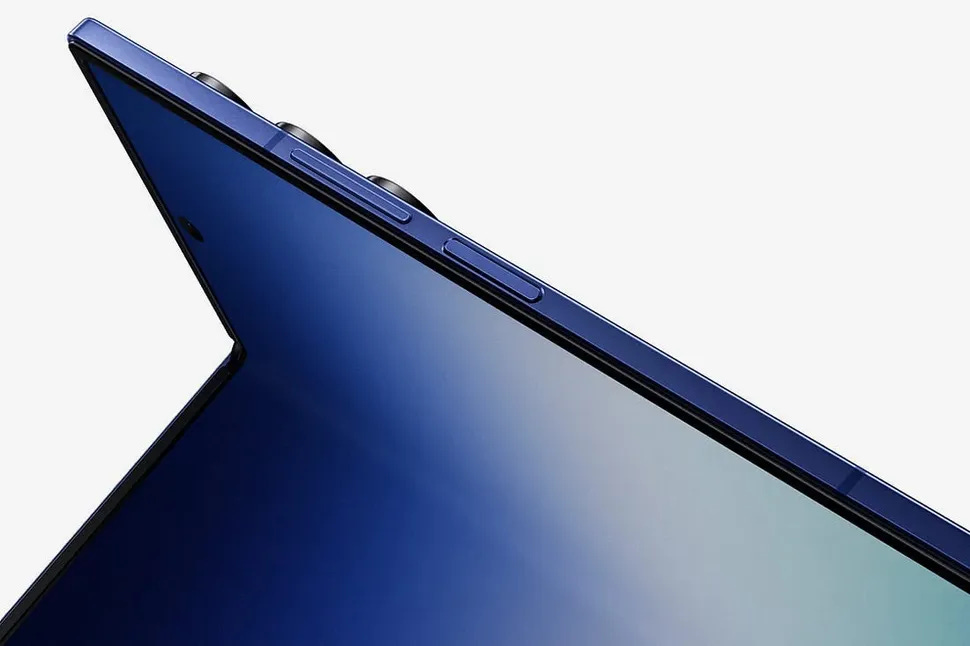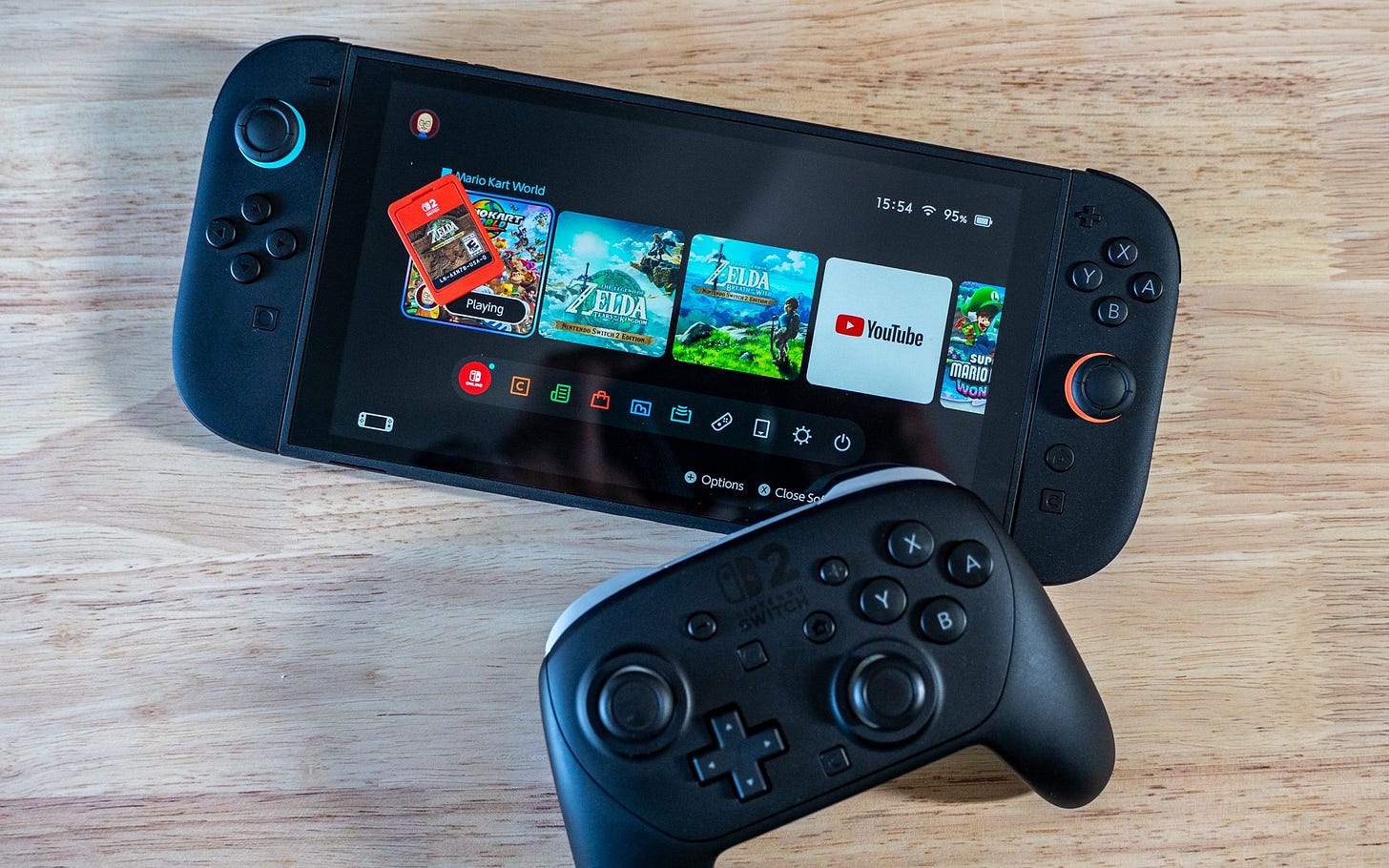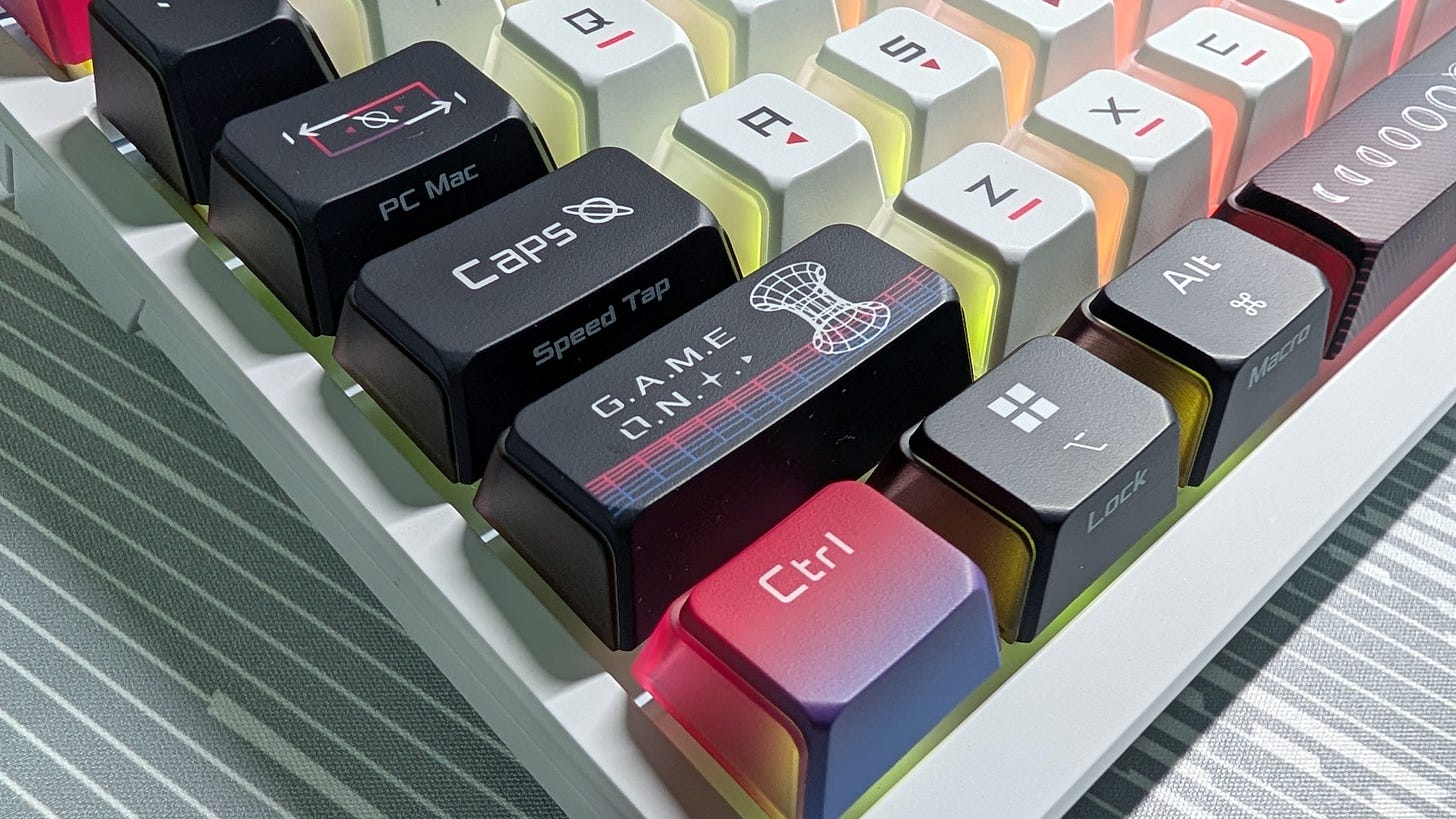Can Samsung turn around the floundering foldable market?
New Samsung and Honor foldables arriving this month
It’s no secret that Samsung will launch its latest foldable phones next week in New York. In Singapore, you can already register your interest with Samsung and local telcos. As usual, there are numerous leaks and rumours about these Galaxy foldables, and we’re not expecting any major surprises in design and hardware.
The Galaxy Z Fold 7 and Galaxy Z Flip 7 will likely be the slimmest and lightest in the series. But the Galaxy Z Fold 7, in particular, faces stiff competition from other book-style foldables such as the Oppo Find N5 and the Google Pixel 9 Pro Fold. Not to mention that Honor is also launching its new Magic V5 foldable that is just as impressively slim, if not more so.
But are consumers actually excited about these foldables? The facts say otherwise. According to a recent Counterpoint Research report, foldable phones aren’t doing well in Europe. These devices accounted for just 1.5% of all smartphone sales in Q1 2025, with sales increasing by 4% year-on-year (YoY). Samsung continues to lead this category, though it has also lost significant market share. Globally, the foldable market grew by 9% YoY in Q1, mainly powered by China sales led by Huawei.
The thing is, I believe current foldables are reaching the limit when it comes to the form factor. For example, the Oppo Find N5 is already almost as thin as the USB-C port when unfolded. How much more can manufacturers shave off in terms of weight and thickness? While there’s probably still work to be done in the camera department — the Honor Magic V5 supposedly has a much better periscope telephoto camera than its rivals — and dust resistance, manufacturers should be focusing more than ever on improving the multi-tasking capability and software.
Then there’s the pricing. While prices have gradually come down, foldables remain expensive, premium devices with high-end hardware. I can understand why manufacturers don’t want a race to the bottom. But surely there’s room for mid-range models. You don’t necessarily need a flagship processor or the best cameras for a foldable. The key selling point is the form factor, and what that enables. I believe there will be plenty of folks willing to try a foldable if they cost as much as a flagship candy bar phone.
This week, it’s all about gaming devices. We checked out the Nintendo Switch 2, which is now the fast-selling console since the PS4, a slim Acer gaming laptop, and an expensive, but excellent gaming keyboard from Asus.
When it comes to the hardware, the Nintendo Switch 2 with its better display, faster processor, and improved Joy-Cons, is a massive improvement over its predecessor. However, the price has also gone up by a significant amount to S$719, albeit it’s still cheaper than most PC handheld consoles. Instead, the price hike for games (up to US$90 for some) may be the real deal-breaker here.
If you want a slim gaming laptop that can run just about any game, the Acer Predator Helios Neo 16S fits the bill with its mid-range Nvidia GeForce RTX 5070 Ti graphics and Intel Core Ultra 9 processor. This 16-inch laptop comes with a vibrant OLED screen that’s responsive (240Hz refresh rate), and more importantly, doesn’t overheat in games.
The Asus ROG Azoth X is an excellent 75% mechanical keyboard that’s sturdy, well-built, and offers a smooth typing experience. It has extras like an OLED screen, and you can easily swap the switches. But the best new feature is Gear Link, a web-based tool that lets you tweak the keyboard settings without installing any app.







